Battery cages are the predominant form of housing for laying hens worldwide. They reduce aggression and cannibalism among hens, but there are restriction of movement, prevent many natural behavior and increase rates of osteoporosis. Currently, approximately 95% of eggs in the world wide were produced in battery cages. The move to ban the use of cage at a time has drastically reduced the productions of eggs and equally affect the economic at large as well as individual before it was now globally accepted as the best way to rear birds to keep them safe and healthy.
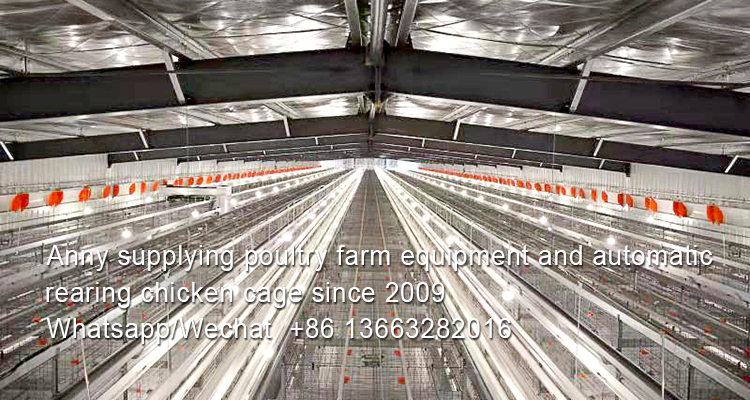
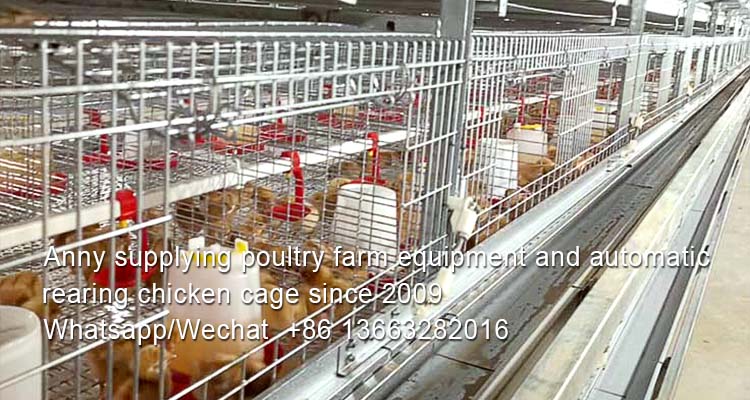
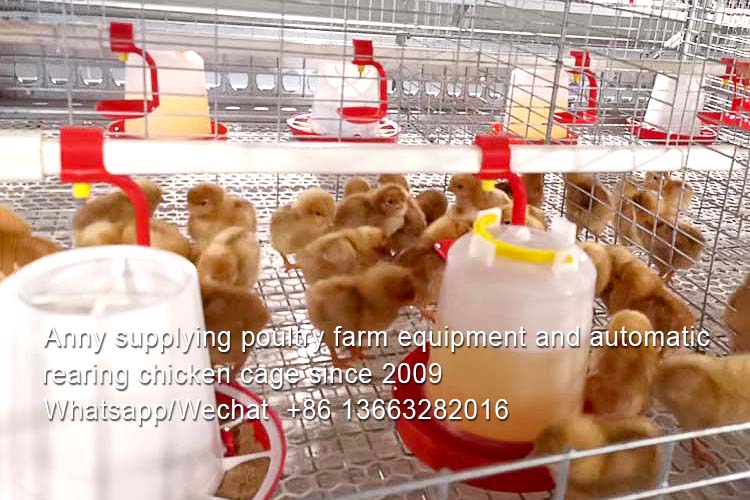
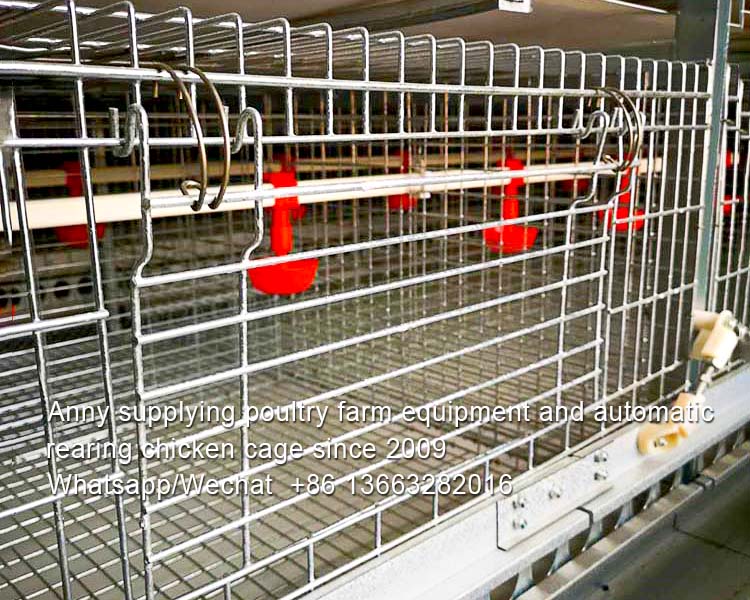
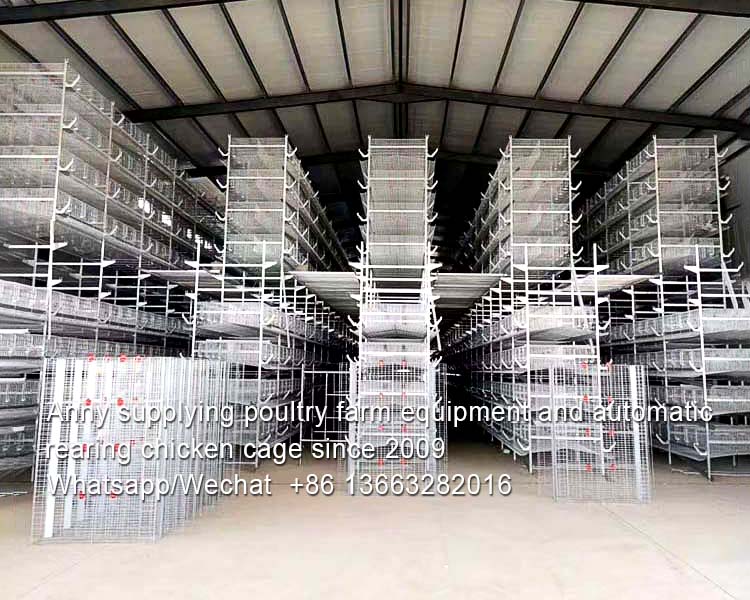
Welfare Concerns of Birds with the Use of battery Cage
There are several welfare concerns regarding the battery cage system of housing and husbandry. These are presented below in the approximate chronological order they would influence the hens.
Chick culling: Due to modern selective breeding, laying hen strains are different from those of meat production strains. Male birds of the laying strains do not lay eggs and are unsuitable for meat production, therefore, they are culled soon after being sexed, often on the day of hatching. Methods of culling include cervical dislocation, asphyxiation by carbon dioxide and maceration using a high speed grinder.
Debeaking: To reduce the harmful effects of feather pecking, cannibalism and vent pecking, most chicks eventually going into battery cages are beak-trimmed. This is often performed on the first day after hatching, simultaneously with sexing and receiving vaccinations. Beak-trimming is a procedure considered by many scientists to cause acute pain and distress with possible chronic pain; it is practiced on chicks for all types of housing systems, not only battery cages.
Battery cages: To reduce the harmful effects of feather pecking, cannibalism and vent-pecking, hens in battery cages (and other housing systems) are often kept at low light intensities (e.g. less than 10 lux). Low light intensities may be associated with welfare costs to the hens as they prefer to eat in brightly lit environments and prefer brightly lit areas for active behavior but dim (less than 10 lux) for inactive behavior. Dimming the lights can also cause problems when the intensity is then abruptly increased temporarily to inspect the hens; this has been associated as a risk factor.
Features of Battery Cage:
-
A type and H type battery cage personalize the chicken’s rooms.
-
Fully automated system reduces the labor and makes the operation easy.
-
Cold & hot galvanized surface treatment makes the anti-corruption performance.
-
Low carbon steel wire ensure environmental protection
-
3-6 chickens in one space prevent infection for overcrowding.
Our China battery chicken cages and poultry equipment Factory
Hebei Best Machinery And Equipment Co., Ltd.,found in 1996, 360KM from BEIJING city, from raw materials to finished products, strict implementation of ISO 9001:2008 quality management system.
Our Nigerian branch battery chicken cages and poultry equipment Factory
Rose of Sharon Plaza by Oko filing bus stop, Igando road, opposite Oando filling station, Lagos, production line is from our Chinese factory directly, 3 to 5 years longer using than local battery cages.
If you have any plan on poultry farm, please free to contact me, I supplying farm equipment and automatic rearing battery cage since 2009.
Anny Wang, Whatsapp/Wechat +86 13663282016




